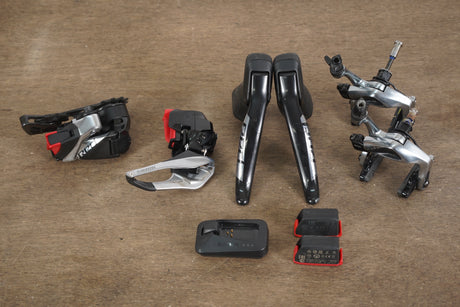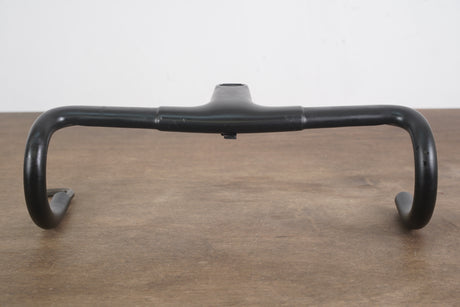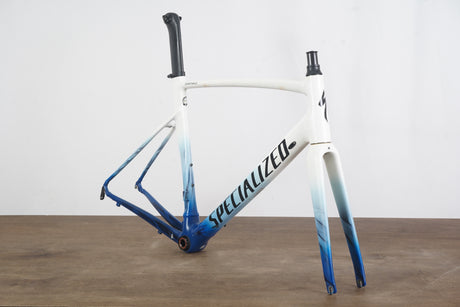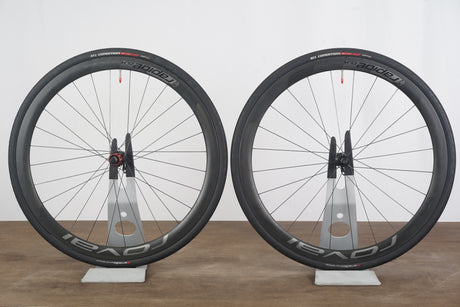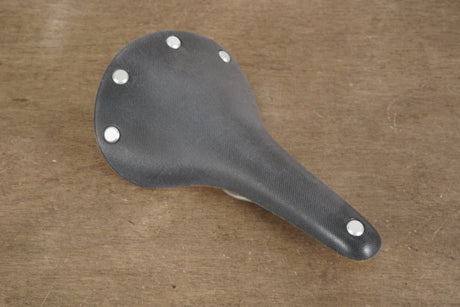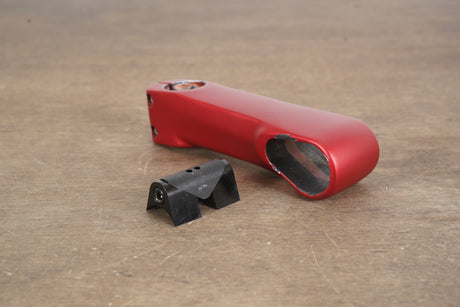If you’ve been browsing cycling gear, you’ve likely noticed Trek bikes often come with Bontrager wheels, saddles, and accessories. That’s because Trek owns Bontrager. But the real question is: what year did Trek buy Bontrager? The answer reveals a turning point in modern cycling innovation.
The Year Trek Acquired Bontrager
Trek officially acquired Bontrager in 1995. This move gave Trek access to Bontrager’s reputation for high-performance components and expanded Trek’s ability to offer a full package: a Trek frame paired with in-house wheels, saddles, tires, and accessories under the Bontrager brand.
Why the Acquisition Mattered
By bringing Bontrager under its wing, Trek could ensure better compatibility, quality control, and innovation. Cyclists gained confidence knowing their bikes came equipped with parts designed to work seamlessly together.
How Trek Uses Bontrager Today
- Wheels – Aero road wheels, lightweight climbing sets, and durable MTB wheels.
- Saddles – Ergonomic designs that improve comfort on long rides.
- Helmets – Advanced safety tech like WaveCel.
- Tires & Accessories – Tubeless-ready tires, lights, pedals, and more.
What It Means for Buyers
For cyclists, this partnership means buying a Trek often includes Bontrager gear by default. Instead of mixing multiple brands, you get a proven combination trusted by professionals and everyday riders alike.
FAQs
1. Who founded Bontrager before Trek bought it?
Bontrager was founded by Keith Bontrager, a pioneer in mountain bike design and component innovation.
2. Can I buy Bontrager parts without owning a Trek bike?
Yes. Bontrager helmets, wheels, and other gear are available separately and work with any brand of bicycle.
3. Do all Trek bikes include Bontrager components?
Most Trek bikes come equipped with Bontrager wheels, tires, or saddles, though high-end builds may also feature parts from other premium brands.

